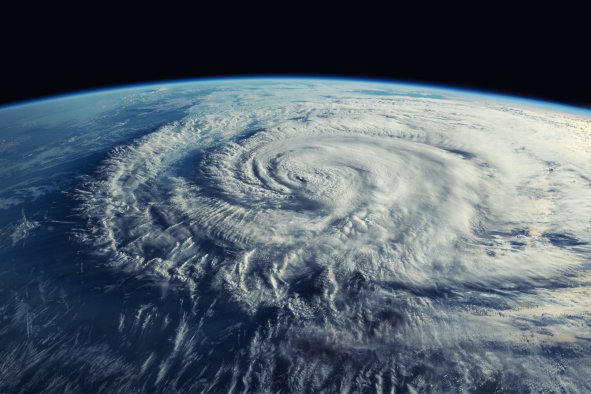A powerful solar flare has been spat out from the very same sunspot that caused the spectacular northern lights displays on May 10.
The May 29 solar flare was measured to be an X1.4-class flare, one of the most powerful types of flare, and caused radio blackouts across the U.S. and Western Europe.
The sunspot that released the flare, now named AR3697, was called AR3664 and was around 15 times the size of Earth when it released a series of coronal mass ejections that slammed into the Earth, triggering a geomagnetic storm that sparked auroras to be seen in all 50 U.S. states and even Mexico.
After spending several weeks on the other side of the star as it rotated, the sunspot is back, and while it's smaller, it's still spewing out flares and coronal mass ejections (CMEs).
"Region 3697 (old Region 3664) is at it again! A long-duration X1.45-flare and a nearly Earth-directed #solarstorm launch today. We may be grazed by the shockwave of this storm in a couple of days. Radio operators on the dayside are feeling this R3-level #Radioblackout for sure!"space weather physicist Tamitha Skov posted to X, formerly known as Twitter, on Wednesday.
Solar flares are categorized as A, B, C, M or X, depending on their strength, with X-class being the most powerful type. Each category is 10 times stronger than the previous.
"Solar flares are usually linked to big and complex sunspots and occur with the sudden release of magnetic energy that has been building up in the solar atmosphere. The larger the released magnetic energy, the stronger the solar flare will be," Rami Qahwaji, a visual computing professor and space weather researcher at the U.K.'s University of Bradford, told Newsweek.
Solar flares cause radio blackouts because they increase the ionization of the Earth's ionosphere. Radio communications, particularly those using high-frequency (HF) bands, rely on the ionosphere to reflect signals back to Earth, enabling long-distance communication.
The X-rays and ultraviolet (UV) radiation of a solar flare ionize the ionosphere, causing it to absorb radio waves instead of reflecting them. This absorption mainly affects the HF band (3 to 30 MHz), leading to communication blackouts.
Aside from causing radio blackouts, solar flares can have a variety of other impacts on both technology and human activities. Increased radiation can damage or disrupt the electronics and sensors on satellites, and enhanced atmospheric drag caused by heating and expansion of Earth's upper atmosphere can alter satellite orbits, requiring adjustments to avoid collisions or loss of function.
Additionally, increased radiation levels at high altitudes pose a health risk to flight crews and passengers, or astronauts aboard the ISS. Solar flares can also interfere with the accuracy of GPS signals, leading to navigation errors.
A CME was also released from the sunspot at the same time as this solar flare, and is currently on its way towards the Earth.
"This explosion was remarkable for its duration. The X-class phase alone lasted more than an hour--plenty of time to lift a CME out of the sun's atmosphere," spaceweather.com wrote.
NOAA's Space Weather Prediction Center forecasts that the CME may slam into the Earth between May 31 and June 1, and trigger a G2 geomagnetic storm. This could lead to auroras being seen more south than usual, but not as far south as they did during the May 10 G5 storm.
"The aurora may become visible over some northern and upper Midwest states from New York to Idaho," the center said in an advisory.
Disclaimer: The copyright of this article belongs to the original author. Reposting this article is solely for the purpose of information dissemination and does not constitute any investment advice. If there is any infringement, please contact us immediately. We will make corrections or deletions as necessary. Thank you.



